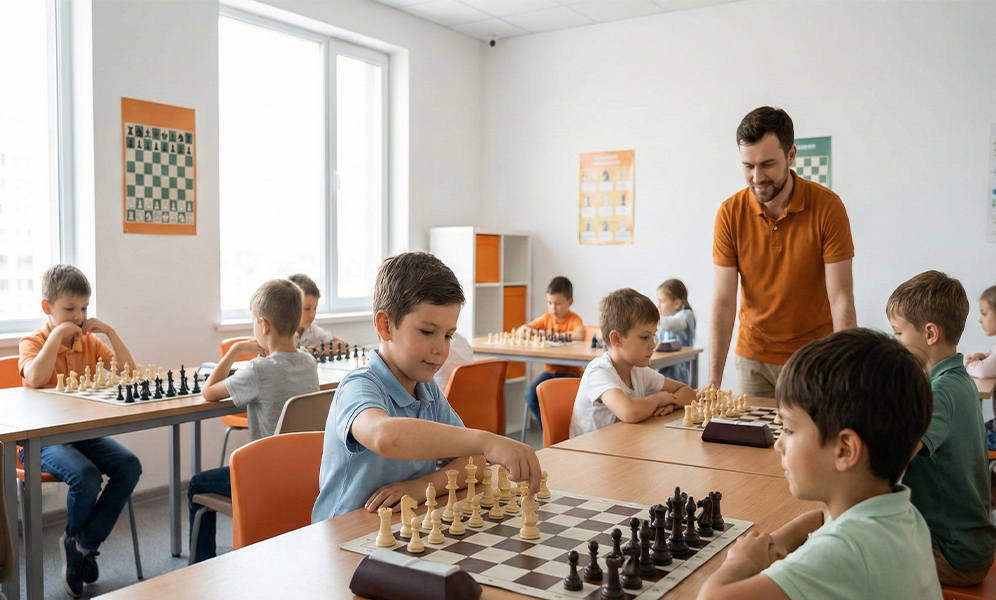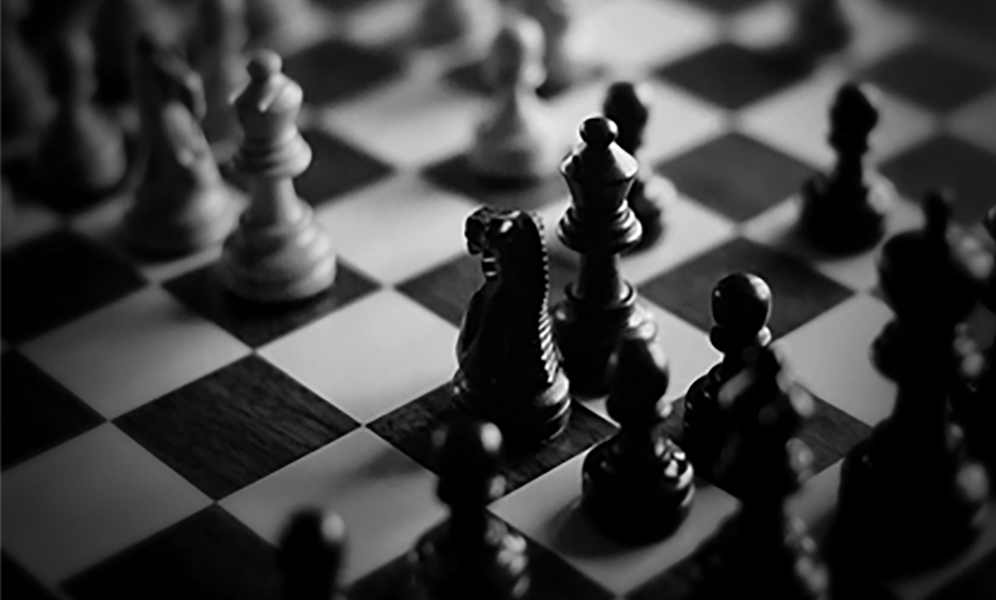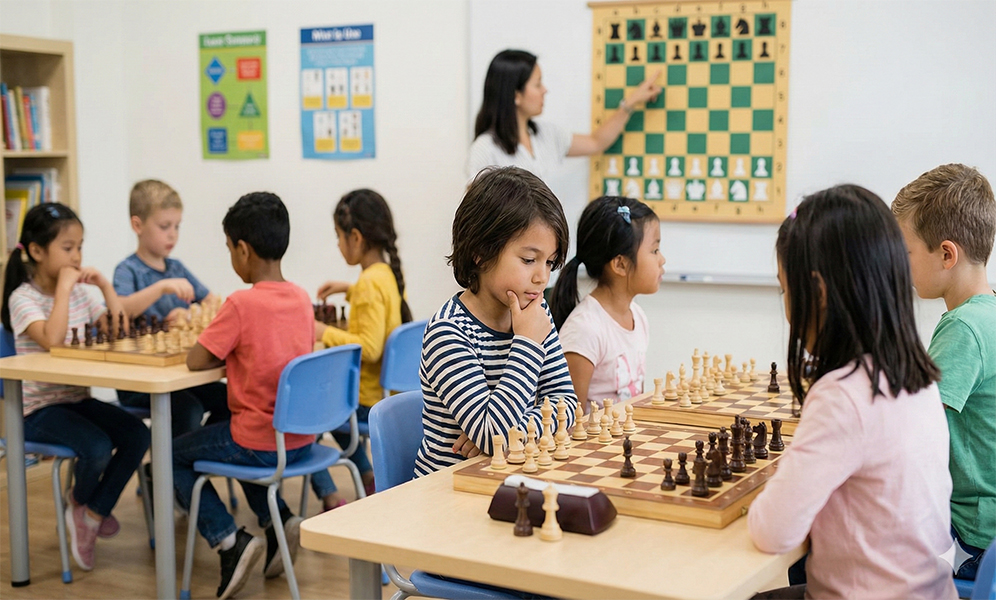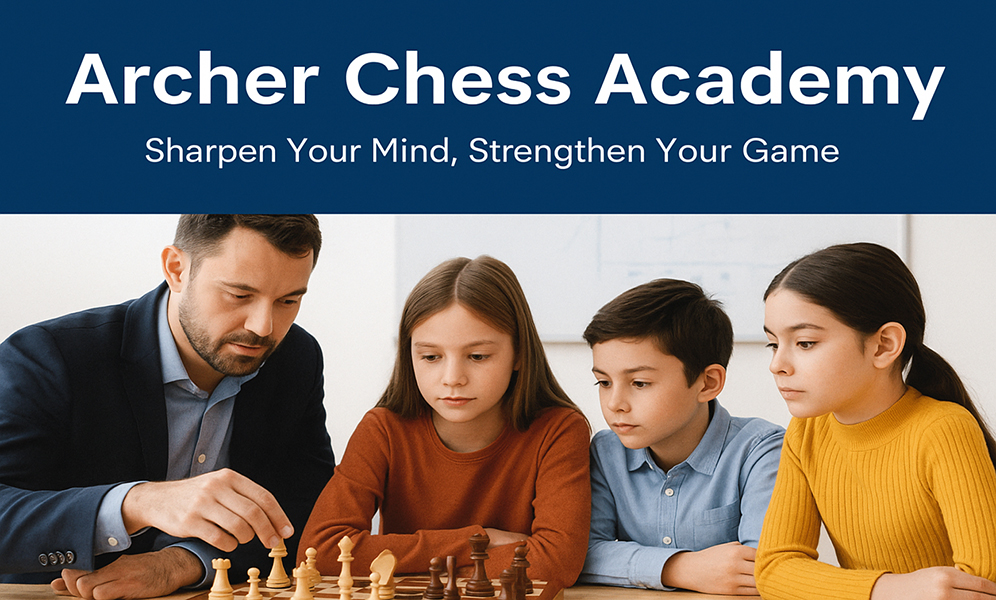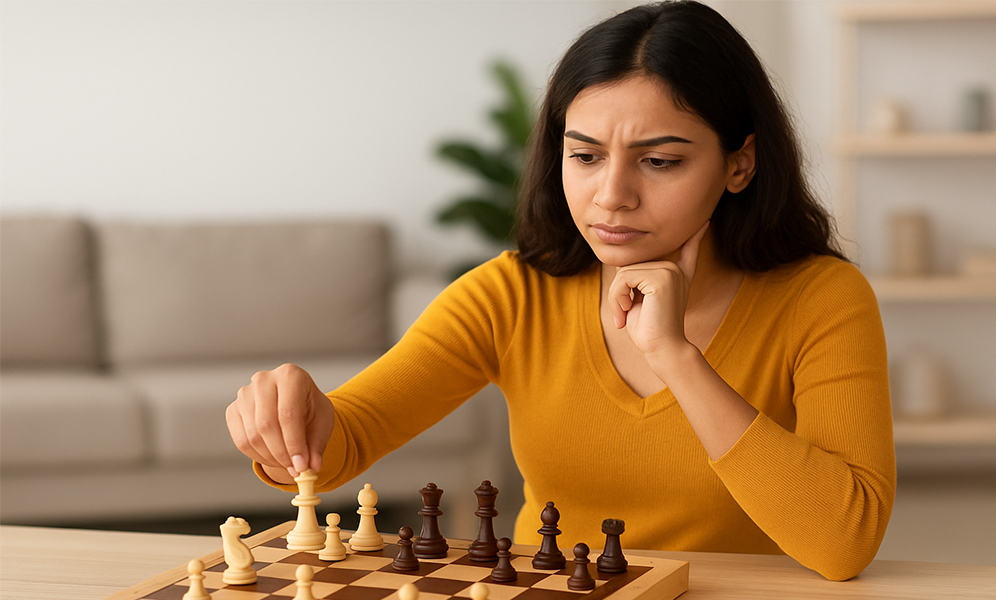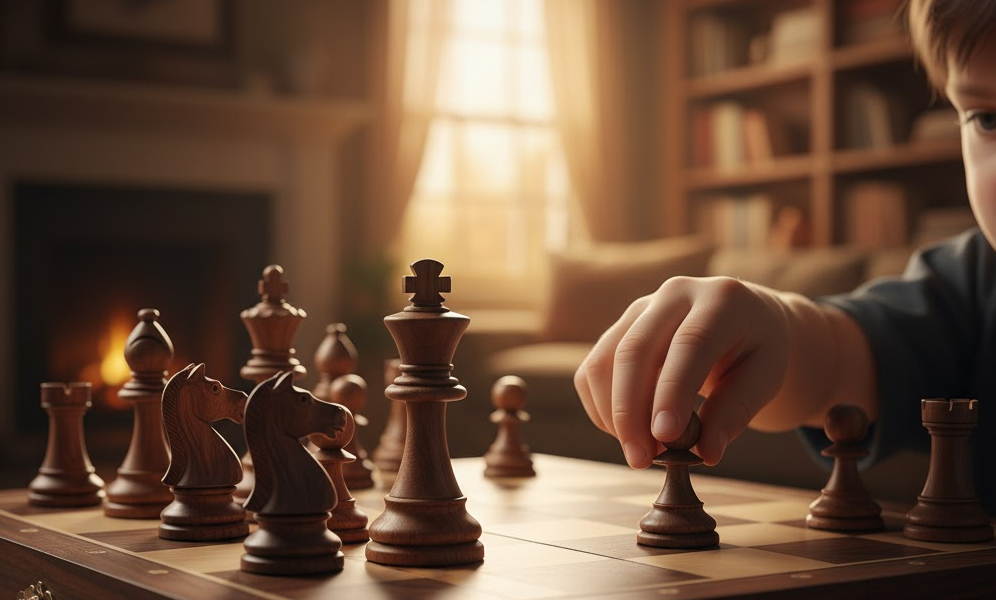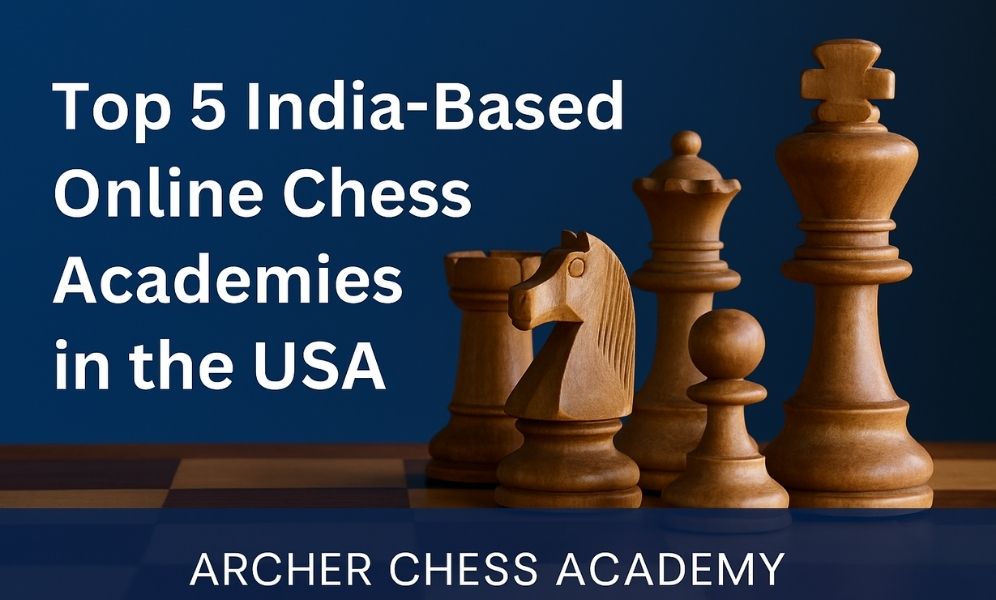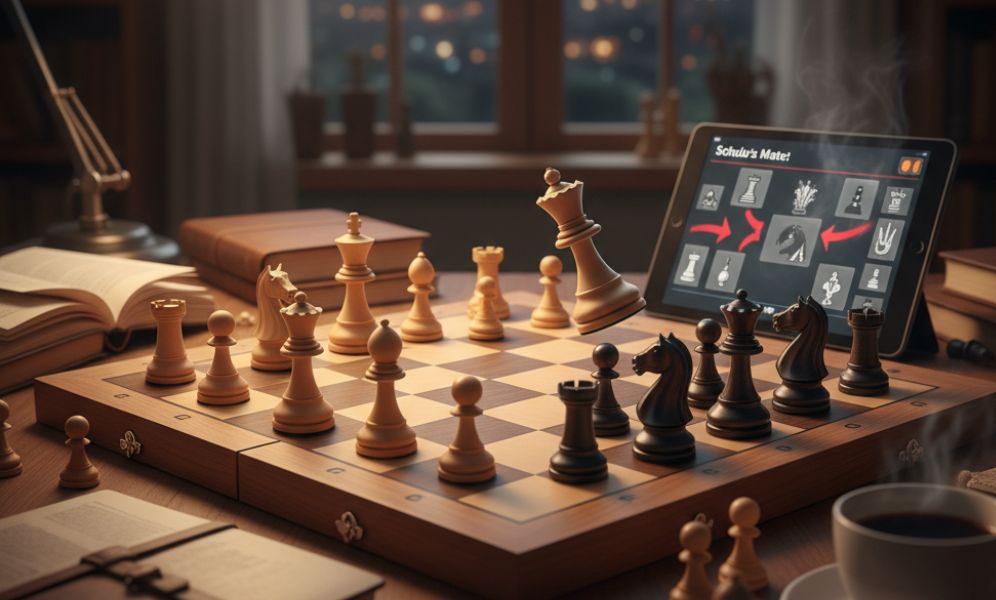What is Triangulation in Chess?
Triangulation is a subtle endgame maneuver used to lose a move intentionally, putting the opponent in zugzwang. This technique allows one king to outmaneuver the other and take control of key squares, often leading to a winning position.
At Archer Chess Academy, we introduce kids to high-level endgame tactics like triangulation to develop precise calculation and control.
Why Triangulation is Important for Kids to Learn
Improves Endgame Understanding: Demonstrates how precision and timing win positions.
Encourages Planning Ahead: Kids learn to think three or four moves deep.
Reinforces Patience: Shows that small moves can have big strategic impact.
Classic Example of Triangulation
In a king and pawn endgame, one player uses triangulation to force the opponent’s king off a key square, allowing pawn promotion. These techniques are regularly used by advanced players to squeeze out victories from seemingly drawn positions.
How Archer Chess Academy Teaches Triangulation
In our online chess classes for kids, we:
Use step-by-step visual breakdowns of triangulation techniques.
Provide real-life endgame scenarios where triangulation is key.
Offer practice puzzles to build accuracy and recognition of patterns.
Master the Art of Endgame Precision
Triangulation teaches kids how to be patient, accurate, and confident in the final stage of the game. With the right coaching, even subtle moves become powerful tools.


